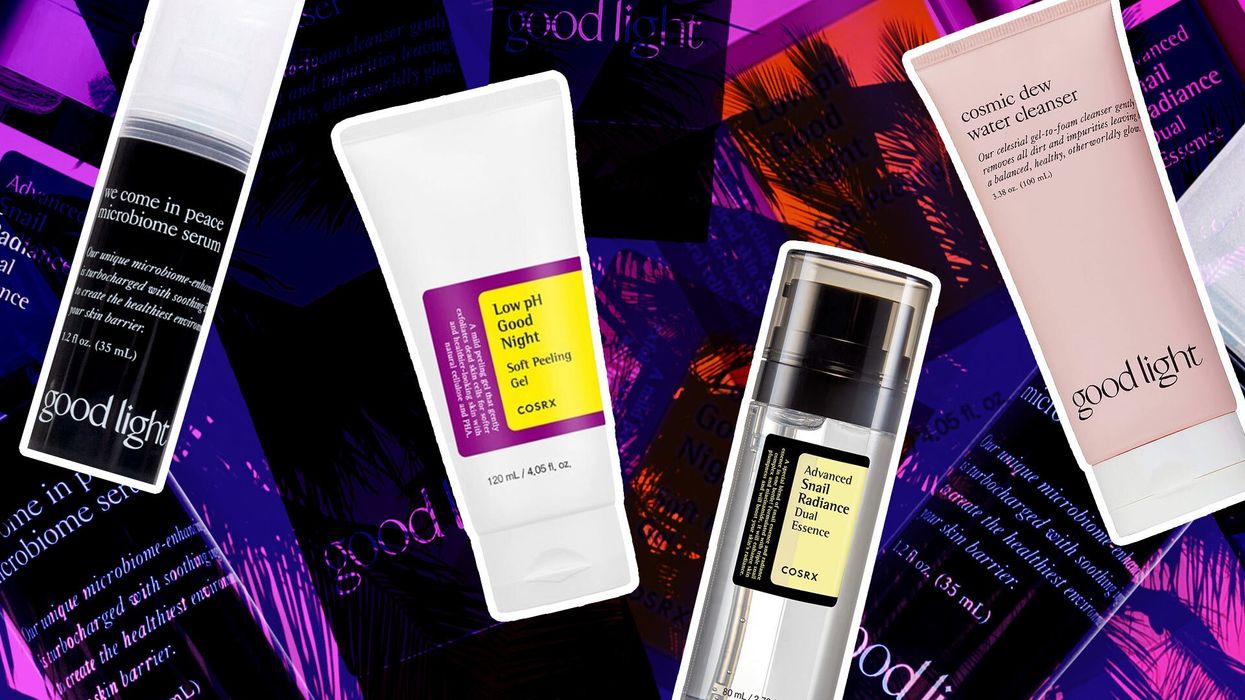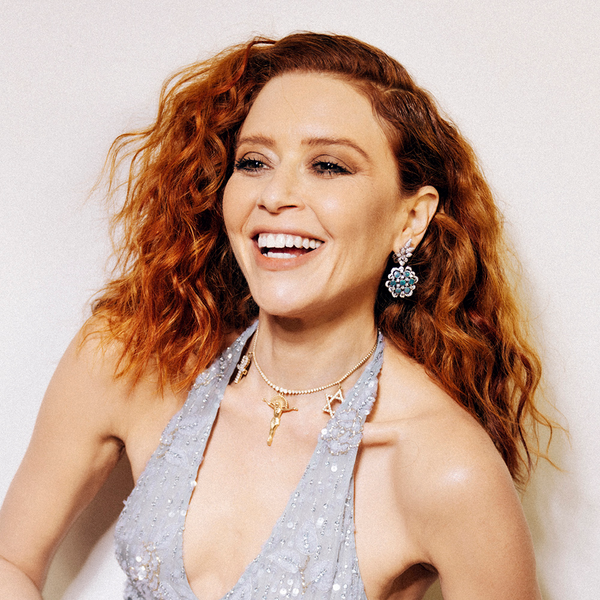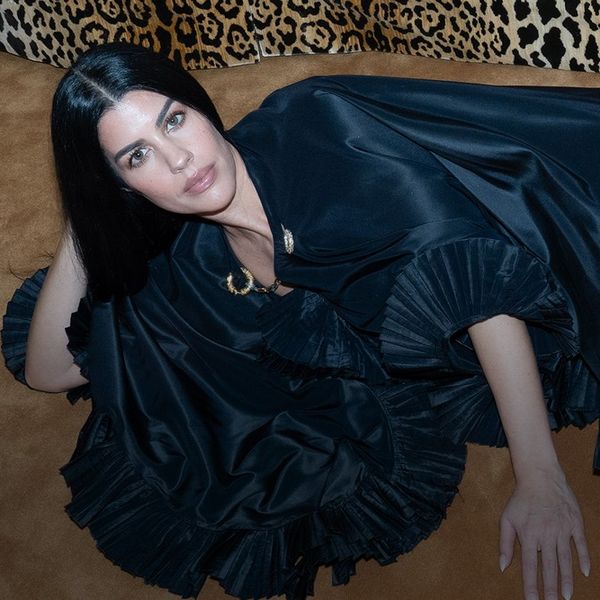
Blackpink, the Oscar-award-winning film “Parasite,” the Netflix hit show “Squid Game”–over the past two decades, South Korea’s cultural exports have now reached a global audience in the West. Some might say that the U.S.’s growing demand and interest in Korea’s cultural output began with Korean beauty, or K-beauty as it’s more commonly known. According to a spokesperson from Korean skincare brand CosRx, K-beauty started gaining traction in the mid to late 2000s. With innovative formulations featuring ingredients like snail mucin and tiger grass, unique packaging, and an “emphasis on achieving radiant skin,” says CosRx, all contributed to the K-beauty boom in the U.S. “It began with word-of-mouth recommendations and quickly spread through various channels,” the brand adds. A lot has passed since K-beauty took over our social feeds which can make it difficult to nail down its origin story in the West and what it actually stands for. Ahead, we spoke to a couple of experts to clear up any questions or misconceptions.
Why is Korean skincare so advanced?
Skincare is deeply ingrained into the daily lives of Koreans, says CosRx. “Korean culture places great emphasis on maintaining healthy and youthful skin, which is often associated with overall well-being and confidence.” Because skincare is a part of Korean culture from a young age, it’s just as intuitive for Korean people to put on sunscreen or layer on a serum as it is to brush their teeth. David Yi, founder of good light skincare, also believes that this emphasis on skincare is tied to Korea’s Confucianist culture. “It’s a Confucian belief to really honor your neighbors and others by presenting yourself in your most beautiful way,” he explains. “It’s a way to show respect and honor to others.” There’s also the idea that looking good gives you an overall competitive advantage. “Traditionally, Korea’s a homogenous country,” explains Yi. “So if you look more or less like your neighbor because you're all Korean, how do you get that competitive advantage? It's your aesthetics.”
The structural infrastructure—a.k.a. factories—was already in place to support a booming Korean beauty industry. Quick history lesson: Back in the 80s, a handful of French beauty brands outsourced production to Korea. After they left, Koreans started to use the already-existing labs to create their own products, explains Yi. This transformed Korea into the epicenter of beauty innovation, pairing traditional products with creative technologies. “Korean beauty brands heavily invest in research and development, resulting in cutting-edge formulations, and innovative ingredients that cater to a wide range of skin concerns,” says CosRx.
@likeskin never going back to those after trying korean skincare
♬ original sound - Σ.𝑽𝑭𝑿
@liana.melabimage Korean ladies obsessed with #sunscreen #koreanbeauty #koreanskincare #kbeautyaustralia #kbeautyskincare #koreansunscreen #skincaretip #skincareroutinekorean ♬ dumb dumb - sped up - mazie
What’s the difference between Korean and American skincare?
The Korean approach to skincare is way more proactive than the American approach to skincare. “In America, it’s like, ‘Oh, my face is red. Now I need something. I have a blemish right here, now I need a benzoyl peroxide,’” says Yi. “But in Korea, it’s all about prevention. Before I get that wrinkle, what can I do to prevent that?”
Koreans also view beauty as a necessity, not a luxury. From a young age, people are taught to take care of their skin. It’s a more holistic approach to skincare that’s focused on consistency and achieving results over the long haul. Skincare products take on a more mild approach, focused on healing, nourishment, and hydration. Because it’s seen as a necessity and is so ingrained in the culture, skincare is more accessible in Korea. Products are affordable and there’s wide access to experts. Meanwhile, here in America, consumers tend to prefer quick results which usually means that skincare routines are more aggressive in their approach. Also, the barriers to entry are higher in the U.S. because of high costs, lack of education about skincare ingredients, and medical costs associated with seeing a dermatologist.
@hkjennylee #greenscreen and not to mention the dupe has bifida as the FIRST ingredient while the original has it as the SECOND… tea 🙈 #koreanskincare #kbeautyblogger #kbeauty #koreanskincareproducts #kbeautyskincare ♬ Monkeys Spinning Monkeys - Kevin MacLeod & Kevin The Monkey
@atlasofyouth What’s your fave Hanbang ingredient? #skintok #kbeautylovers #hanbang #kbeautyskincare ♬ Wii Shop Channel - McTweet
What is the Korean 10-Step beauty routine?
When K-beauty burst onto the U.S. market, it was synonymous with the 10-step skincare routine. “I think that when Charlotte Cho first introduced the 10-step beauty process, and she always says this: it wasn’t literal,” says Yi. “It was just a way to show the different steps someone can take to achieve that Korean beauty look.” Over time, the 10-product routine has evolved and adapted to consumer needs. “In recent years, there has been a growing movement towards simplified skincare routines, influenced by time constraints, minimalism, and a desire for more streamlined regimens,” says CosRx. “Some individuals may find the extensive routine overwhelming or unnecessary for their particular needs.” Yi agrees: “I think today, people want a no-fuss skincare regimen,” he adds. “They want efficacious ingredients and products that work for their skin.”
@alley_rmt Bright & glowing skin in 4 easy steps. Available on Shopee. FREE delivery with min spend ₱249, capped at ₱55 #TripleGlowSerum #PondsPH #PondaTripleGlowSerum #glasskin #skincaretips #kpop #koreanskin #fyp #alleyrmt ♬ Aesthetic - Tollan Kim
Excessive layering doesn’t work for everyone, especially if you have sensitive skin. More and more K-beauty influencers are sharing simple and effective skincare routines which start with a gentle cleanser before adding on a serum, moisturizer, and sunscreen.




